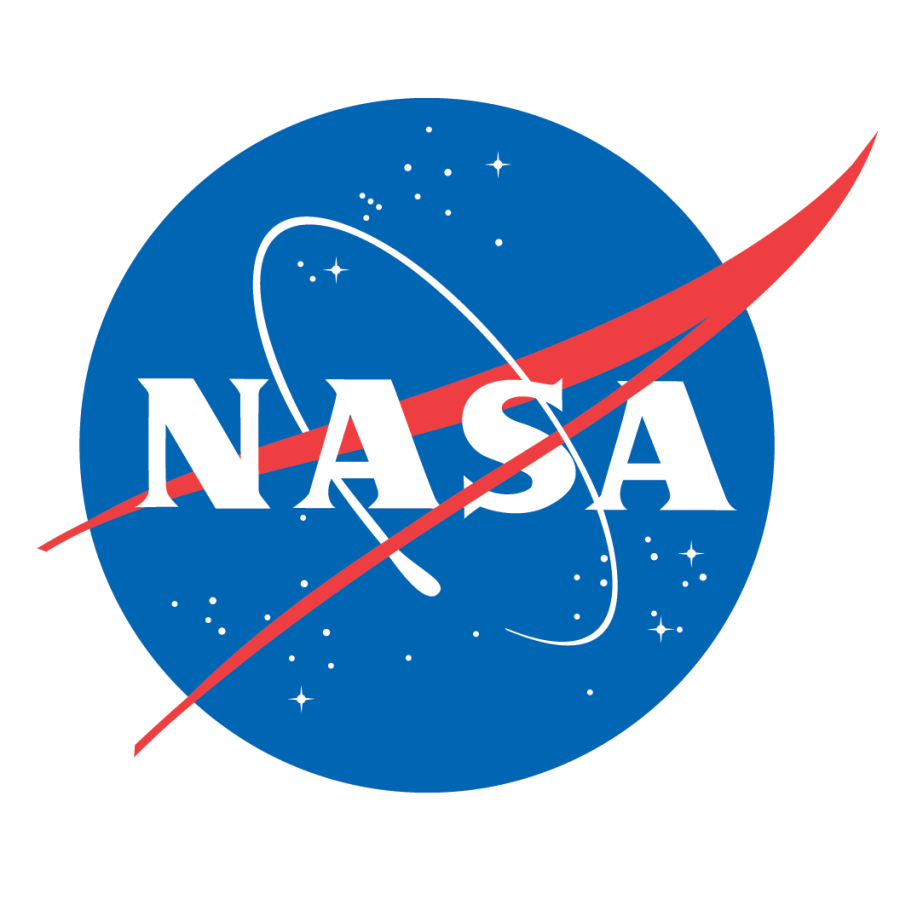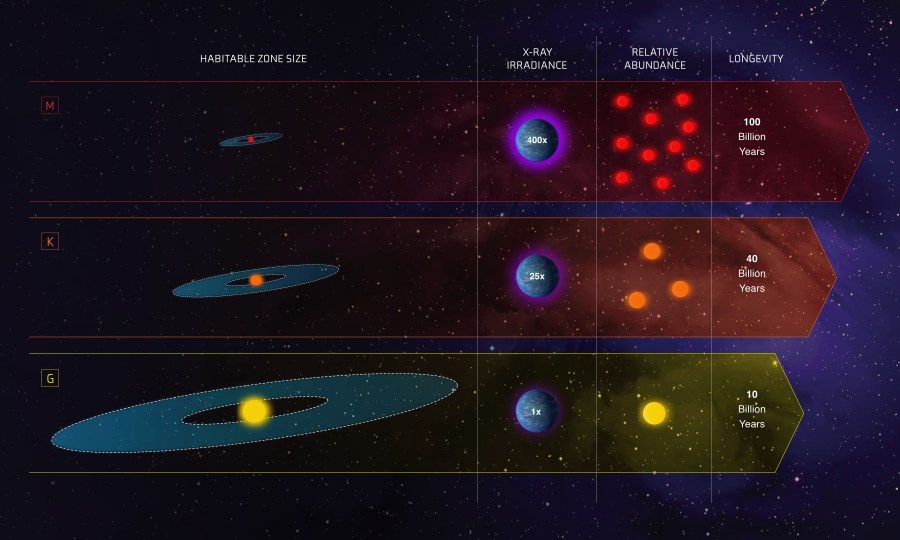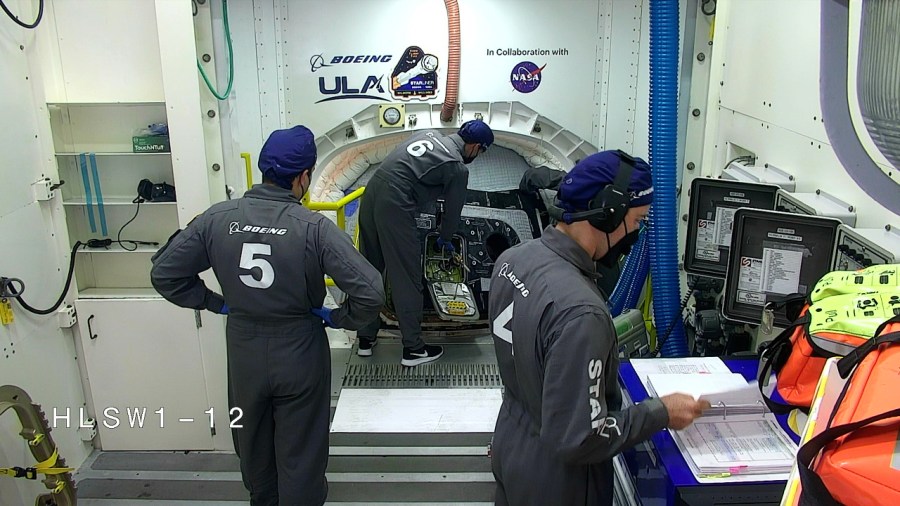The United Launch Alliance Atlas V rocket booster has separated from the Centaur upper stage carrying Boeing’s Starliner spacecraft. The Centaur will continue to help propel Boeing’s Starliner to a suborbit before the spacecraft boosts itself to orbit, bringing it closer to the International Space Station. Measuring 10 feet in diameter and 41.5 feet in …
NASA Astronauts, Starliner Inch Closer to Space Station































